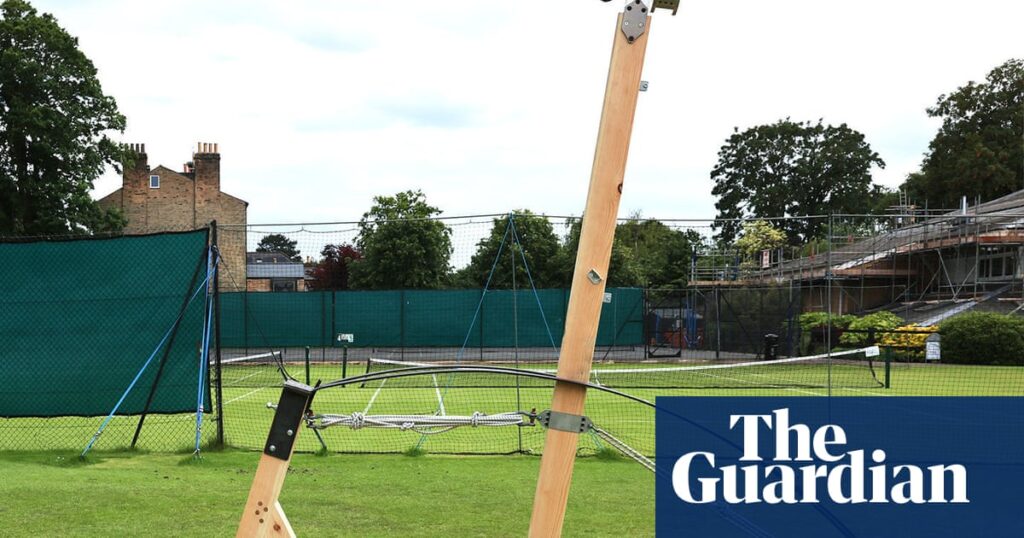Resurrecting Venn’s Ingenious Bowling Machine: A Blast from Cricket’s Past
In a captivating feat of engineering, researchers at the University of Cambridge have painstakingly recreated a remarkable cricket bowling machine designed over a century ago by none other than Dr. John Venn, the renowned mathematician behind the iconic Venn diagrams.
The machine, which first gained notoriety in 1909 when it clean bowled a star batsman from the visiting Australian cricket team four times, has been meticulously reconstructed using the limited historical information available – a black-and-white photograph and a patent application from the era.
“It’s a great story and an ingenious device, but it had largely been forgotten outside the cricket world. We wanted to change that and show how much fun can be had with a blend of maths, engineering, and sporting innovation.”
- Professor Hugh Hunt
The wooden, 7-foot contraption utilizes a bungee-powered throwing arm to propel the ball at around 33mph, while also imparting spin through a complex system of strings, spindles, and bobbins. Thomas Glenday, the head of design services, remarked on the challenges in deciphering the technical details:
“The patent gave us the intellectual property, but we had to figure out the mechanics ourselves – that transition of energy and the different forces acting on the ball to create the spin, it’s quite the diagram!”
When tested by Alice Bebb, the opening batswoman for the university’s women’s cricket team, the machine proved a formidable foe:
“It’s like no bowler I’ve ever faced before, a very tall bowler bowling very close, and quite difficult to predict.”
While a modern-day iteration might have been crafted from carbon fiber and 3D printing, the team opted for historical authenticity, using hardwood to honor Venn’s original design.
“It’s a historic relic, and should be treated as such.”
- Thomas Glenday
So, in a delightful blend of cricket heritage, mathematical ingenuity, and engineering prowess, the University of Cambridge has resurrected a true gem from the sport’s past, one that is sure to inspire future generations of students to explore the captivating intersections of science, technology, and the beloved game of cricket.
🔗 Source
